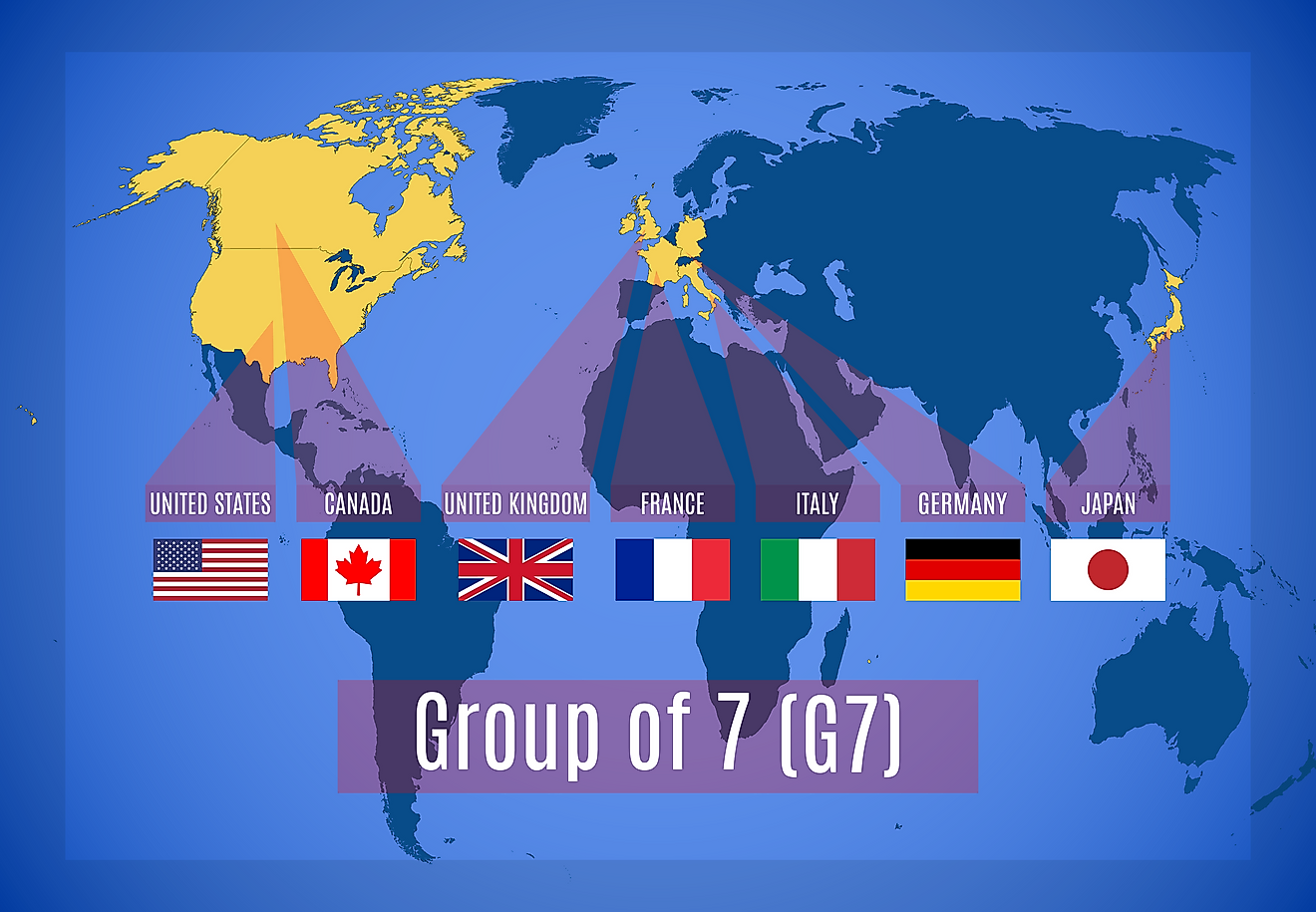What Type of Government Does Rwanda Have?

What Type of Government Does Rwanda Have?
Rwanda is an East African country which gained independence in 1962. The country was part of German East Africa from 1885 to 1919, when the Belgians took over. The colonial powers administered the colony through kings and favored Tutsis in administration. Prior to independence in 1959, the majority Hutu ethnic group staged a revolution and overthrew the ruling Tutsi king. In the following years, many Tutsis were murdered, and more than 150,000 were exiled as refugees into neighboring countries. Later, the children of these refugees formed an insurgent organization known as the Rwandan Patriotic Front (RPF) and started a civil war in 1990, which culminated in the 1994 genocide. The RPF, headed by President Paul Kagame, is the dominant institution in Rwanda’s politics. The country has been on a mission to rebuild itself after the devastating ravages of war witnessed during the genocide.
Executive Branch of Government
Rwanda is a presidential republic with a president who is the head of both the state and the government, as well as commander in chief of the the country's defense forces. The president is elected directly by universal adult suffrage to serve for a seven-year term and can be elected for a maximum of two terms. The president and the cabinet hold the executive powers in the country. The president appoints the prime minister and members of the cabinet. The cabinet is directly accountable to the parliament, according to the constitution of the country. Some of the president's duties include negotiating and approving treaties, creating policy in collaboration with the cabinet, declaring a state of crisis or war, and signing presidential orders. The responsibilities of the prime minister includes coordinating the functioning of the cabinet, ensuring the implementation of law, and formulating government programs together with other members of cabinet. The prime minister also presides over abinet meetings when the president is absent, assigns duties to ministers of state, and may appoint military officers and civil officers.
Legislative Branch of Government
Rwanda has a bicameral parliamentary system made up of the senate and the Chamber of Deputies. The senate has 26 members who are either appointed or elected for to represent for an eight-year term. 12 members are chosen by sectoral or provincial councils, and another eight are selected by Rwanda's president to make sure that historically marginalized communities are represented. Four members are elected by the Forum of Political Parties, while two are chosen by university staff. The Chamber of Deputies consists of 80 deputies who sit in the chamber. 53 deputies are elected via proportional representation, while provincial councils elect 24 deputies. One deputy is chosen by the Federation of the Associations of the Disabled, while two receive their appointment from the National Youth Council.
Judicial Branch of Government
The highest court in the country is the supreme court, which is made up of the chief justice, deputy chief justices, and 15 judges who are organized into panels of three judges. The high court consists of the court president, vice president, and 24 judges who are structured into five chambers. The president, in consultation with the cabinet and the Superior Council of the Judiciary (SCJ), nominates judges of the supreme court, who in turn must be approved by the senate. The chief justice and its deputy are appointed to serve for a single, non-renewable 8-year term. The president appoints a president and vice president of the high court, and these appointments need to be approved by the senate. Other than the supreme court and the high court, the country has commercial courts, high commercial courts, primary courts, intermediate courts, military specialized courts, and Gacaca Court. The Gacaca Court began operations in 2001 after being founded by the National Unity Government, to give audience to genocide cases against the Tutsis. The president nominates the judges after consultation with the cabinet, as well as with the Superior Council of the Judiciary. Chosen judges await approval from the senate.
Administrative Units
The territory of Rwanda features five provinces, also known as intara, which are further divided into thirty districts or akarere. The five provinces are: Northern Province, Western Province, Southern Province, Eastern Province, and Kigali Province.











